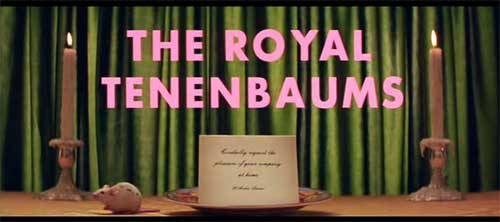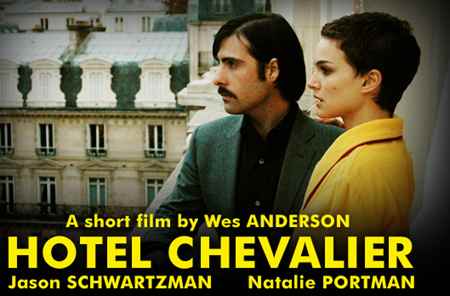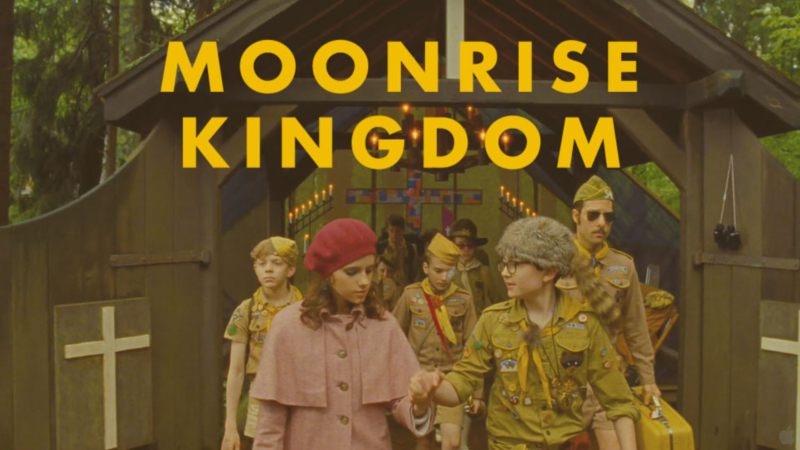Wes Anderson Aesthetic
- Matthew O'Regan

- Sep 30, 2018
- 2 min read
Wes Anderson has a distinct aesthetic in his movies that is instigated through two main areas: symmetry and colour scheme. His shot and scene composition focuses on visual symmetry and balance which is shown in this video:
The symmetrical shots create a point of interest for where the audience should be focusing on which Anderson adds to even more with the additional quirky characters. The art of symmetry is also argued to add humor to a shot as it can create a “static geometrical frame [that] can evoke a deadpan comic quality.”-Bordwell. Lastly, symmetry creates a clutter-free accessible visual stimuli so that Andersons films are easily processed. Anderson also normally stays still on items centered in his shot as if he is taking a picture of it rather than recording which is different from what we see in films were there is a series of rapid movements to catch your attention( which is shown in Edgar Wrights Shaun of the Dead and Baby Driver). The most obvious and memorable part of the Wes Anderson is the colour scheme. 'Anderson’s colour palettes are integral to his cinematic ‘world-building’. His eye for art direction and fantastic attention to detail creates the appropriate space and tone for his characters to exist in – and for the viewer to lose themselves in.' -Hamish Robertson. His use of pastel and bright colours in his work usually reflects the emotions of the characters or even juxtaposes them.
The other medium Wes Anderson uses to create his staple look of a movie is font.He uses the font ' Futura Bold ' in almost all of his movies.
Various other elements in Wes Anderson films: Repeated use of the same actors (Owen Wilson, Bill Murray) Intricate, colour-coordinated props
Music (normally 50s,60s and 70s) A chapter-like structure Dramatic use of slow motion














This is a good overview of Anderson's style that reveals the consistency of his approach across several films. The quotes you have included support your points well and indicate that reading and research has taken place and been considered. I would like you to look at Anderson's animated films: Fantastic Mr. Fox, Isle of Dogs; and see if his style remains the same or changes depending on the medium he is working within.